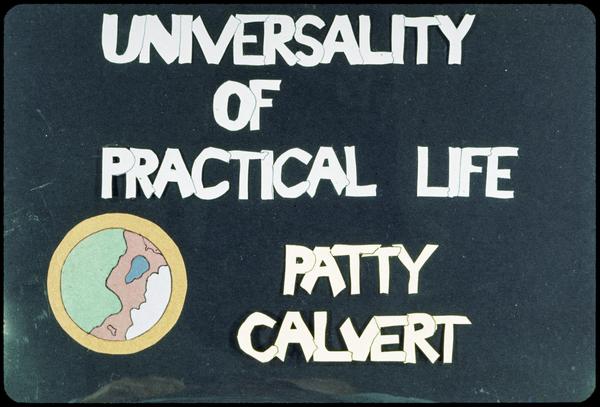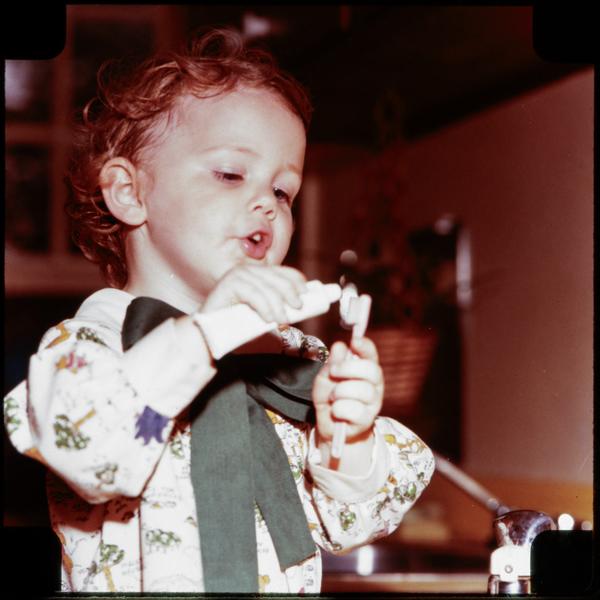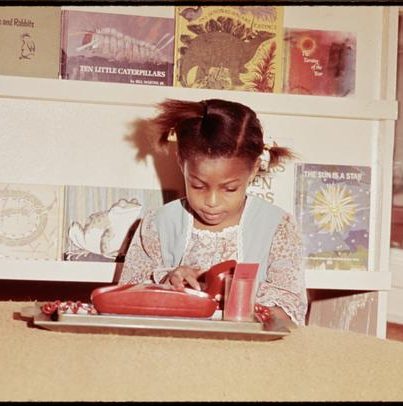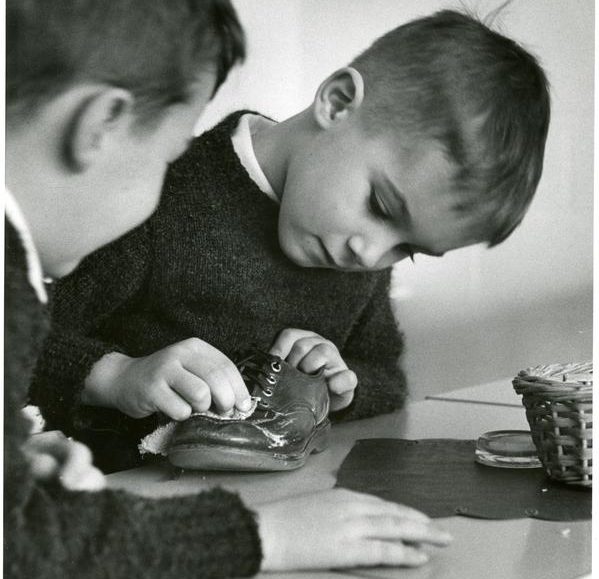Montessori education focuses on more than just reading, writing, and mathematics. Exercises in practical life are designed to help children develop coordination, social consciousness, and independence. Children learn to care for their environment, and each other, by participating in classroom cleanup. Students also gain practical life skills by learning to brush their teeth or dial a phone. According to “A Montessori Glossary” (1962), exercises in practical life are “structured activities reflecting the cultural tasks of the ‘world’ toward which the child is being oriented, designed to ensure his success within the framework of his capacities.” “Universality of Practical Life” (1976), created by Patty Calvert, illustrates the benefits of exercises in practical life.
Montessori stressed the importance of allowing the child to choose their own activity. This is particularly important with regard to exercises in practical life. The child is meant to complete their activity not because they want to imitate or please the teacher, but because the activity fulfills a need and completing the activity pleases the child.

In her teacher training notebook, Mildred Harford explains the purpose of exercises in practical life and provides detailed descriptions of classroom activities. She notes, “[these exercises] are given as lessons in adapting to one’s environment, caring for it, muscular control, and to gain for the mind the body as a perfect instrument. They are necessary for achieving Order. They are part of the equipment for real life. These lessons will settle and control the child.” Exercises in practical life include activities such as teeth cleaning, hanging clothes, and polishing shoes. Photographs taken in Montessori classrooms show these exercises in action.





